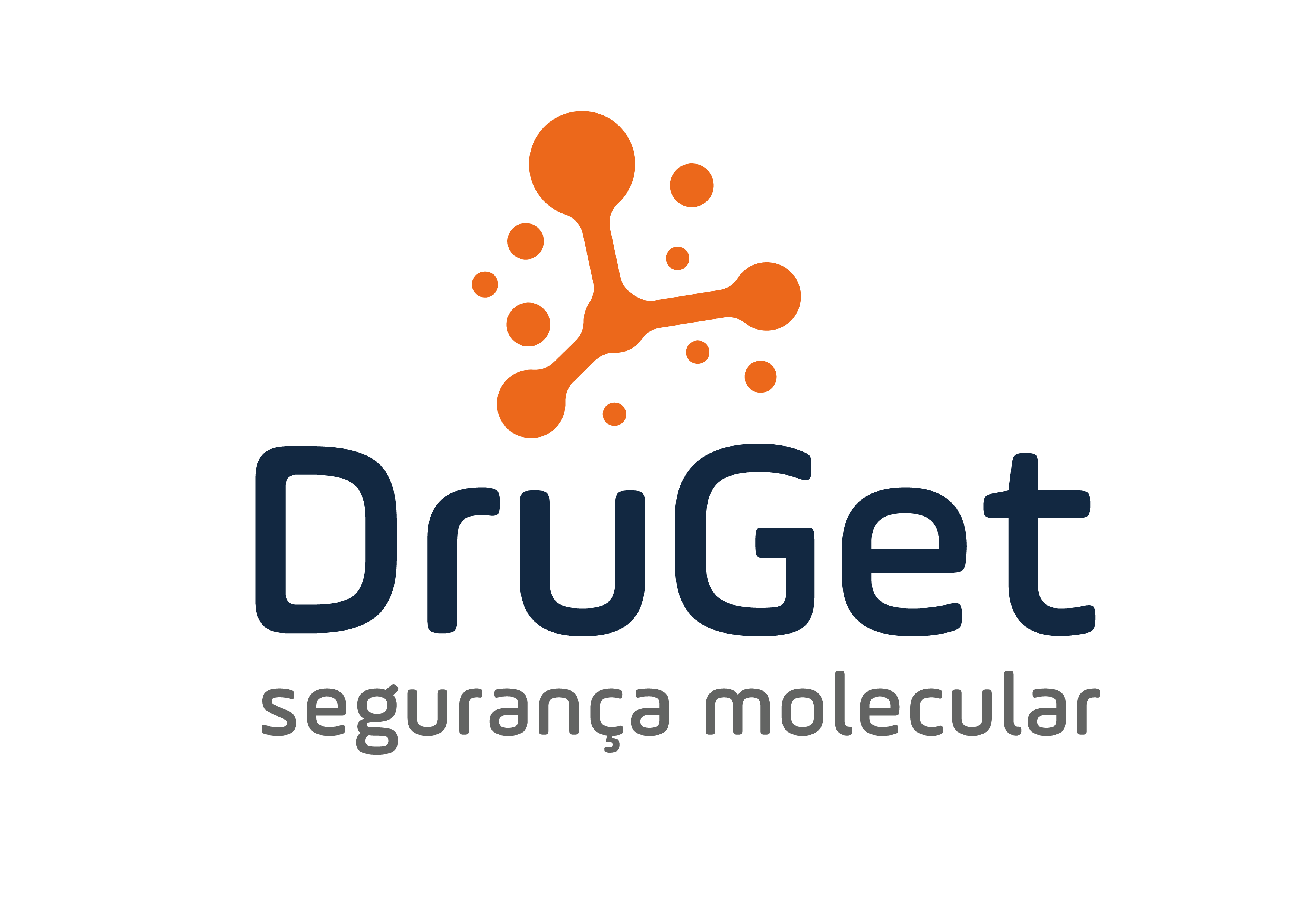Drug development goes through several stages, from pre-clinical studies to clinical studies. In the in silico phase, it focuses on the beginning of pre-clinical research, before animal testing, with the aim of reducing costs and minimizing the use of animals in the laboratory. Furthermore, with the advancement of computational techniques, a significant possibility of savings arises, as bioactive molecules are identified through algorithms.
Examples of Success in Drug Development with In Silico Methodologies
In silico methodologies have achieved positive results. For example, the discovery of the drug oseltamivir (Tamiflu®) was possible through the rational design of molecules analogous to sialic acid – a structure that binds to the neuraminidase protein of the influenza virus. In this way, scientists developed a potent inhibitor of carbocyclic neuraminidase, which prevents the complete viral cycle of the influenza virus in the human body and resulted in a reduction in infection time, virulence and viral transmission.
Furthermore, another notable example is the drug aliskiren (Tekturna®), a potent antihypertensive that inhibits renin, drastically reducing the production of angiotensin and preventing vasoconstriction. In fact, aliskiren contributes significantly to reducing high blood pressure, reducing the risk of cardiovascular disease and controlling blood pressure in people with chronic hypertension.
Importance and Application of In Silico Methodologies
Several other drugs exemplify the success of in silico methodologies. Therefore, these techniques are fundamental in the discovery and development of pharmaceutical products that reach the market. Large pharmaceutical companies, such as Novartis, have sectors dedicated to in silico drug development, which supports confidence in these methodologies.
For more information, see:
- Barreiro, Eliezer J.; Bolzani, Vanderlan da Silva. “Biodiversidade: fonte potencial para a descoberta de fármacos.” Química Nova, 2009.
- Chen, Yanming et al. “In silico design of novel HIV-1 NNRTIs based on combined modeling studies of dihydrofuro [3, 4-d] pyrimidines.” Frontiers in Chemistry, 2020.
- Cohen, Nissim Claude. “Structure-based drug design and the discovery of aliskiren (Tekturna): perseverance and creativity to overcome a R&D pipeline challenge.” Chemical Biology & Drug Design, 2007.







